'Ring of Fire' Solar Eclipse Thrills Skywatchers Around the World (and in Space, Too!)
It was the last solar eclipse of the decade.
The moon crossed the face of the in a dazzling "ring of fire" solar eclipse today (Dec. 26) to the delight of potentially millions of spectators around the world in the Eastern Hemisphere. Even astronauts in space marveled at the view.
The eclipse, known as an annular solar eclipse, began in Saudi Arabia, with the moon passing in front of the sun, but not completely covering the star's face. Instead, it left a brilliant ring, or annulus, that gave it a "ring of fire" effect. It was the last solar eclipse of 2019, indeed, of the decade.
"It was an amazing experience," photographer Alexander Krivenyshev of WorldTimeZone.com told Space.com in an email. "This morning's annular eclipse was during sunrise, with some sand dust by the horizon. [A] beautiful, really beautiful, classic 'Ring of Fire' above Saudi Arabia."
Video: Watch the Moon's Shadow on Earth from Dec. 26 Solar Eclipse
More: How Solar Eclipses Work (Infographic)
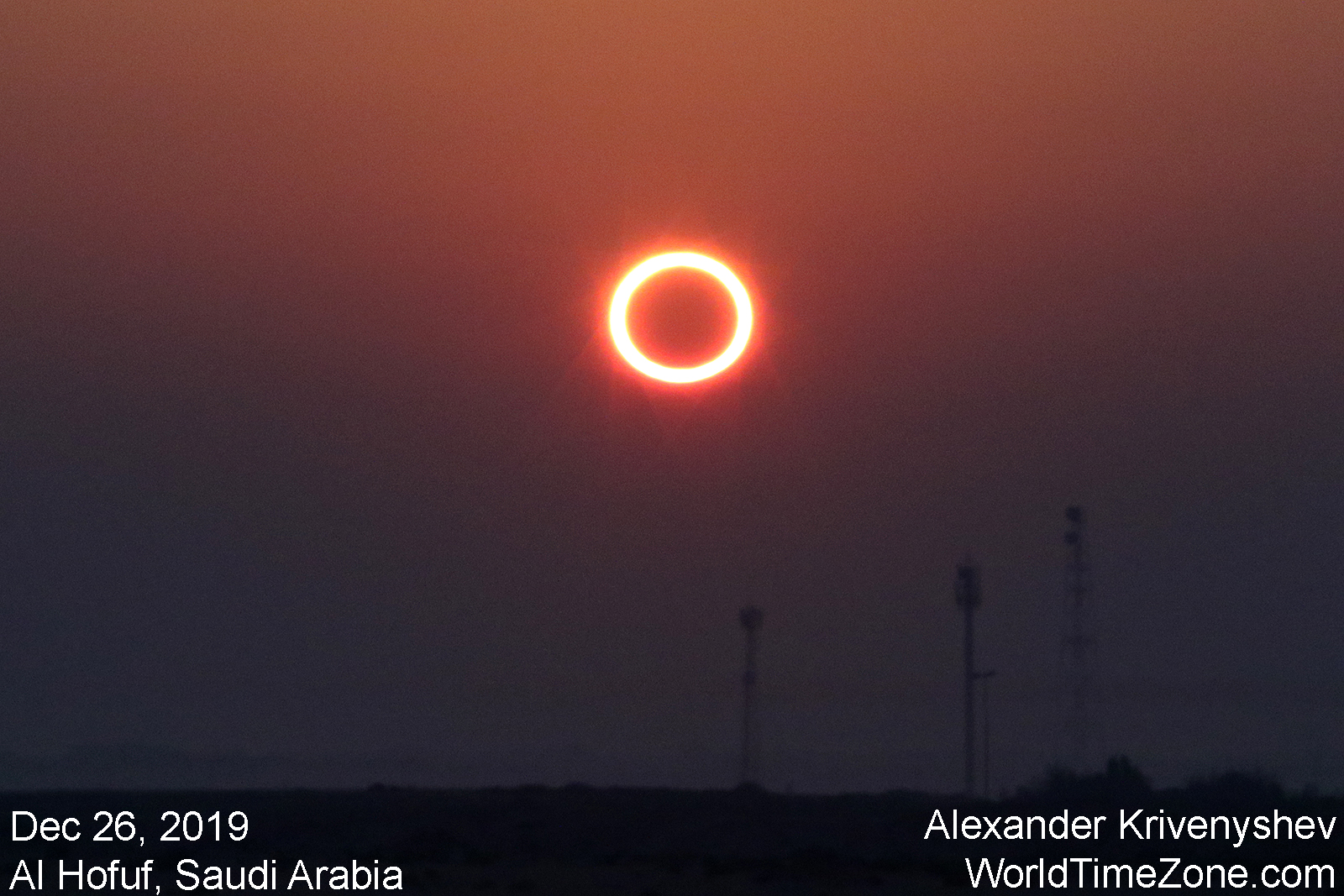
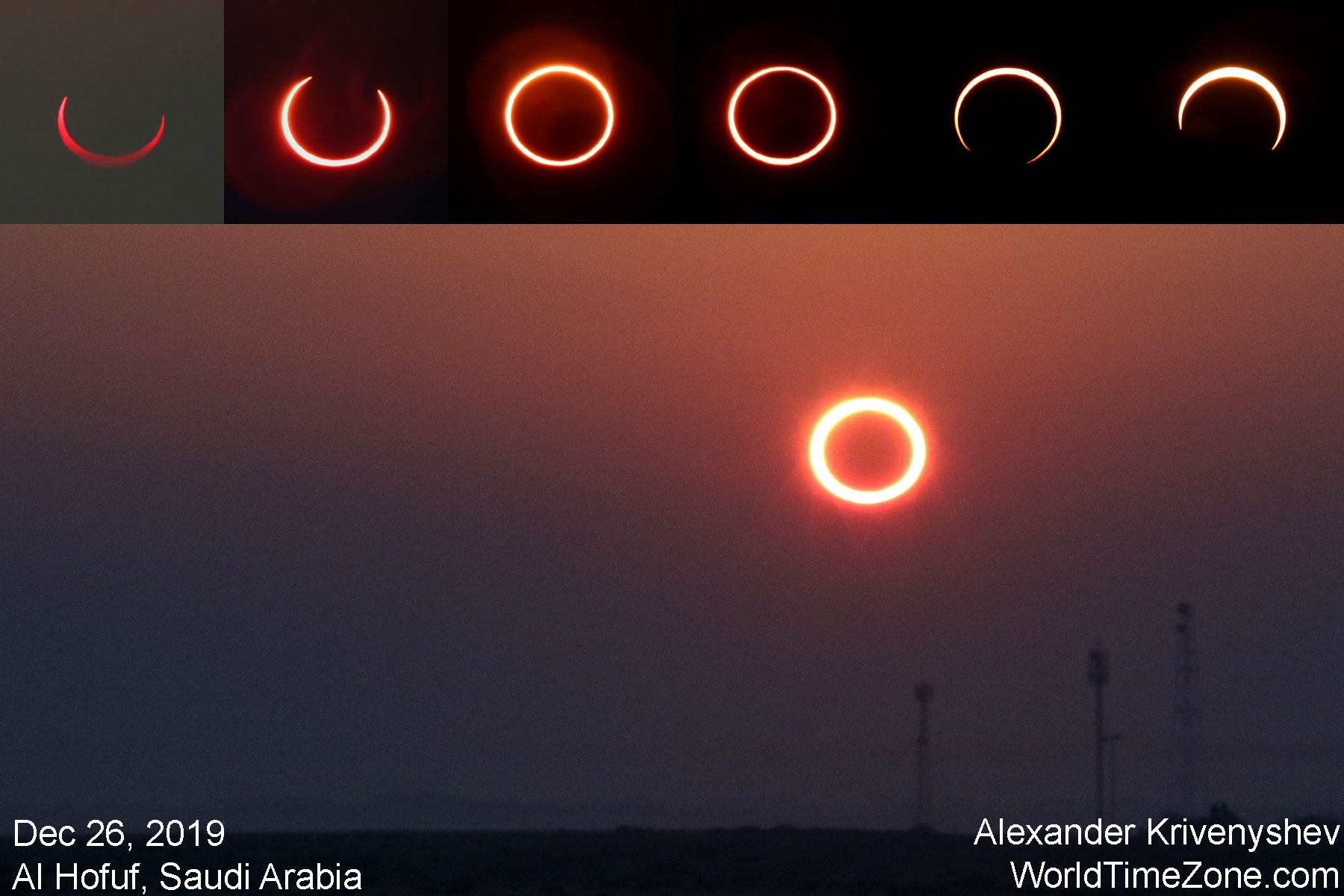
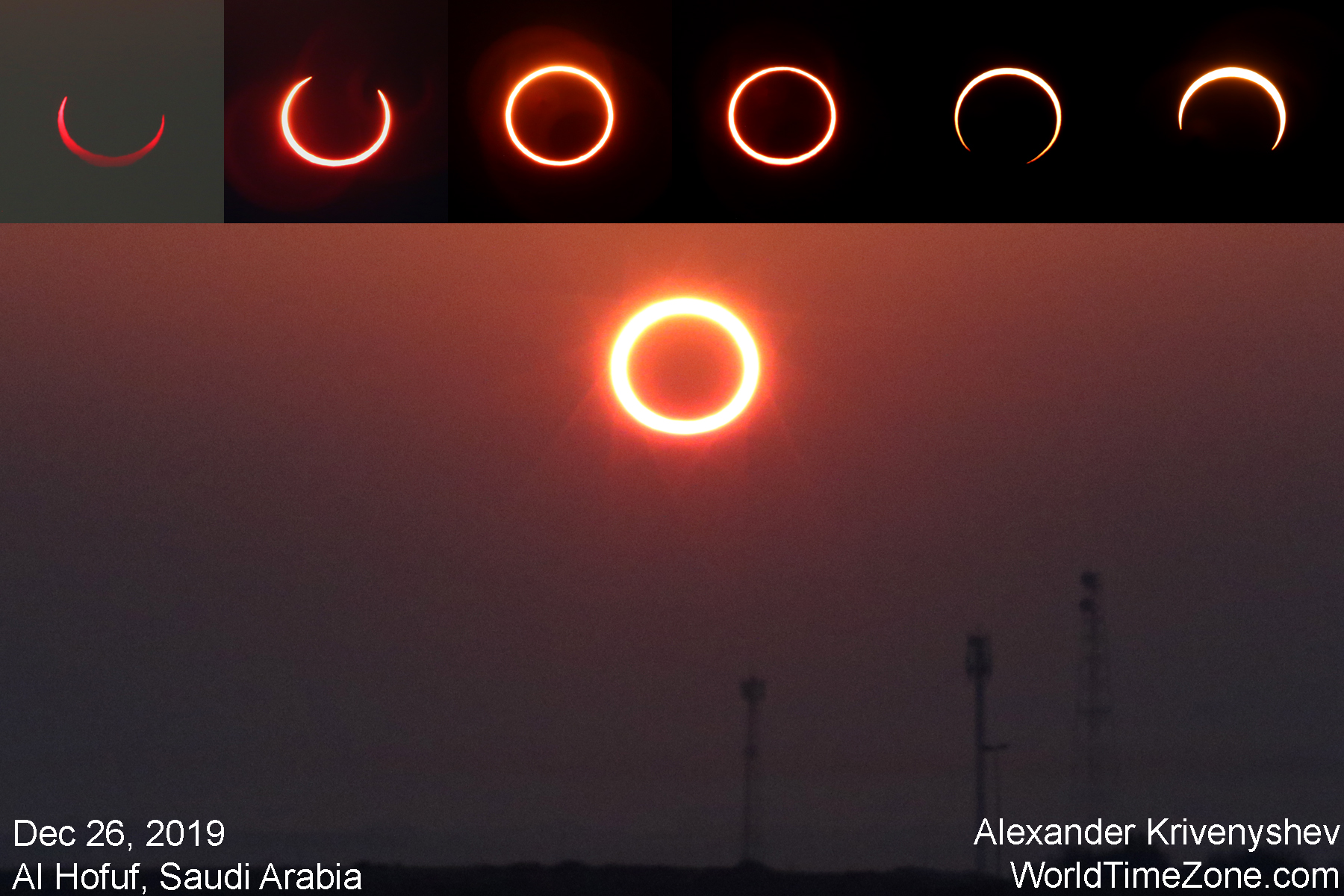
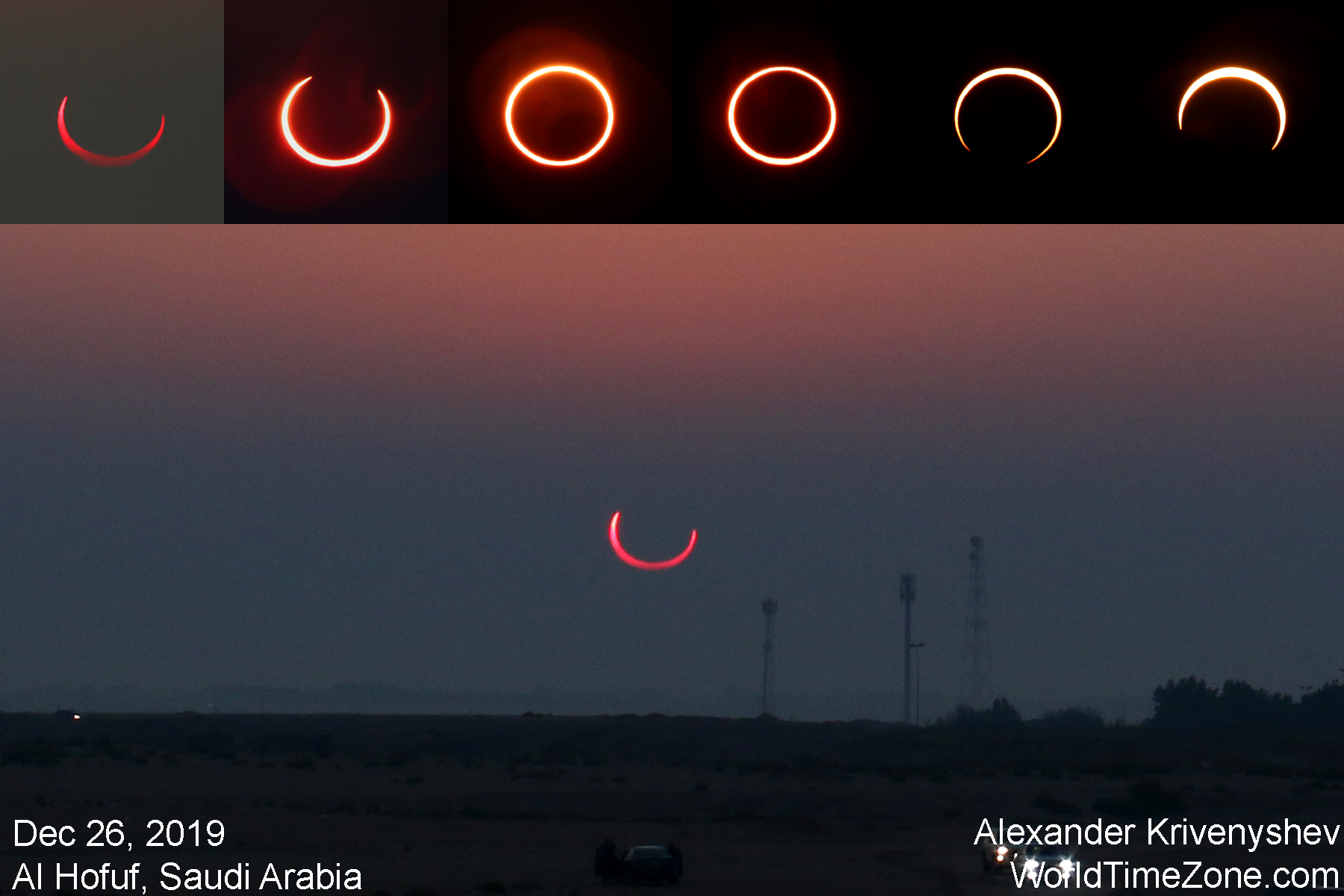
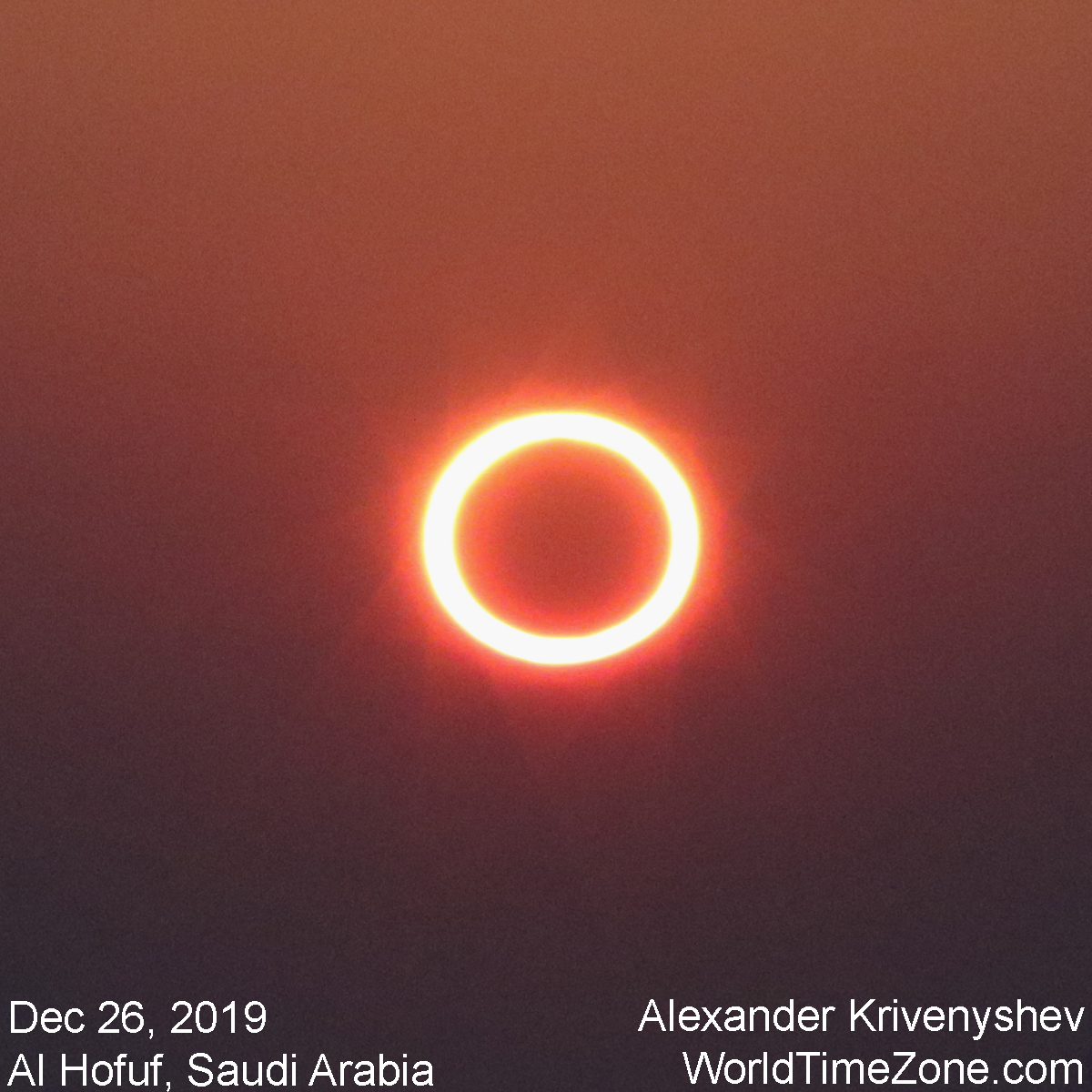
In space, astronauts watched as the moon's shadow crept across the surface of the Earth.
"Here's what today's annular solar eclipse (when the Moon is in line in between Earth and the Sun) looked like from @Space_Station," NASA astronaut Jessica Meir wrote in a Twitter post from the International Space Station. "We saw the shadow of the Moon on the Earth below, just above the horizon (central gray area above horizon)."
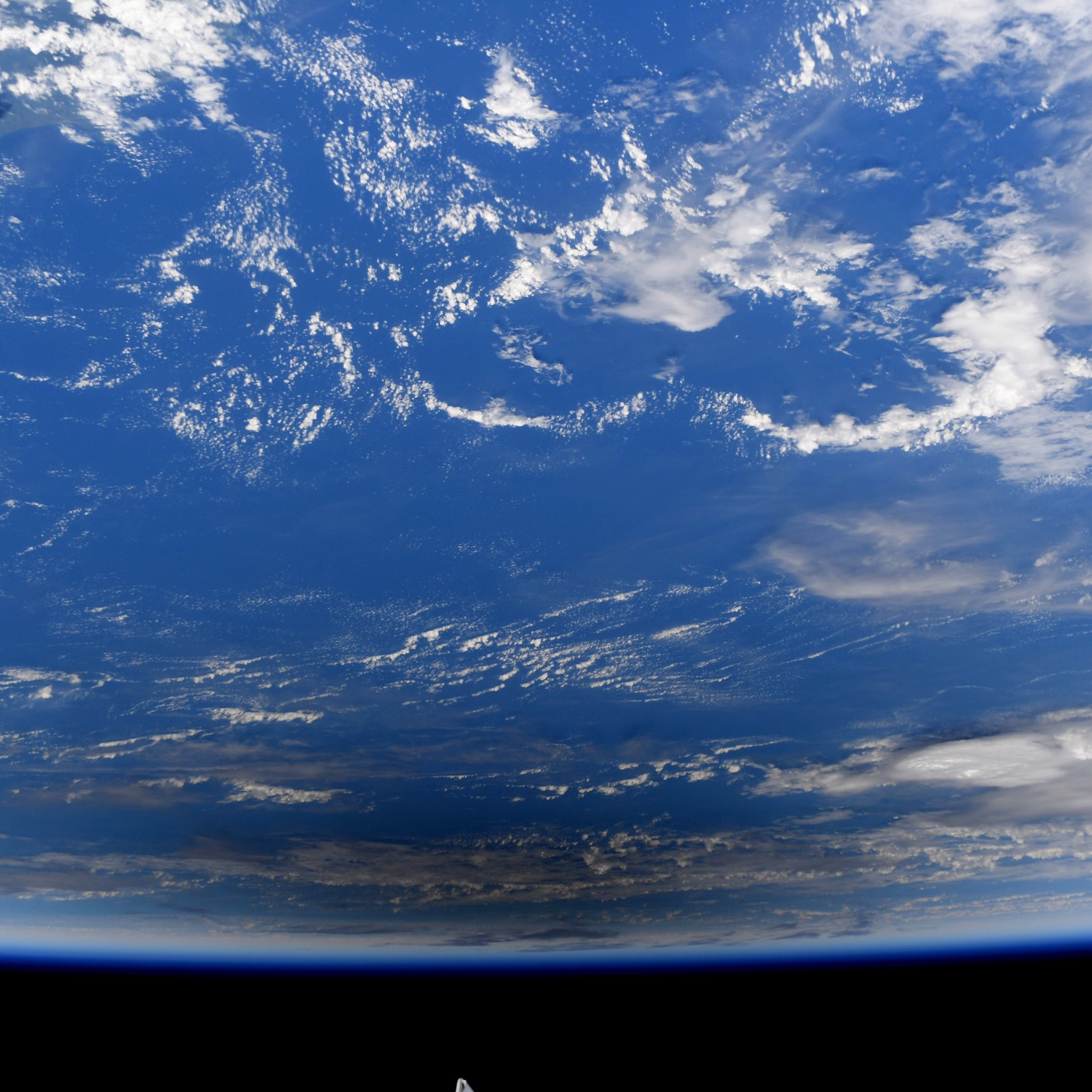
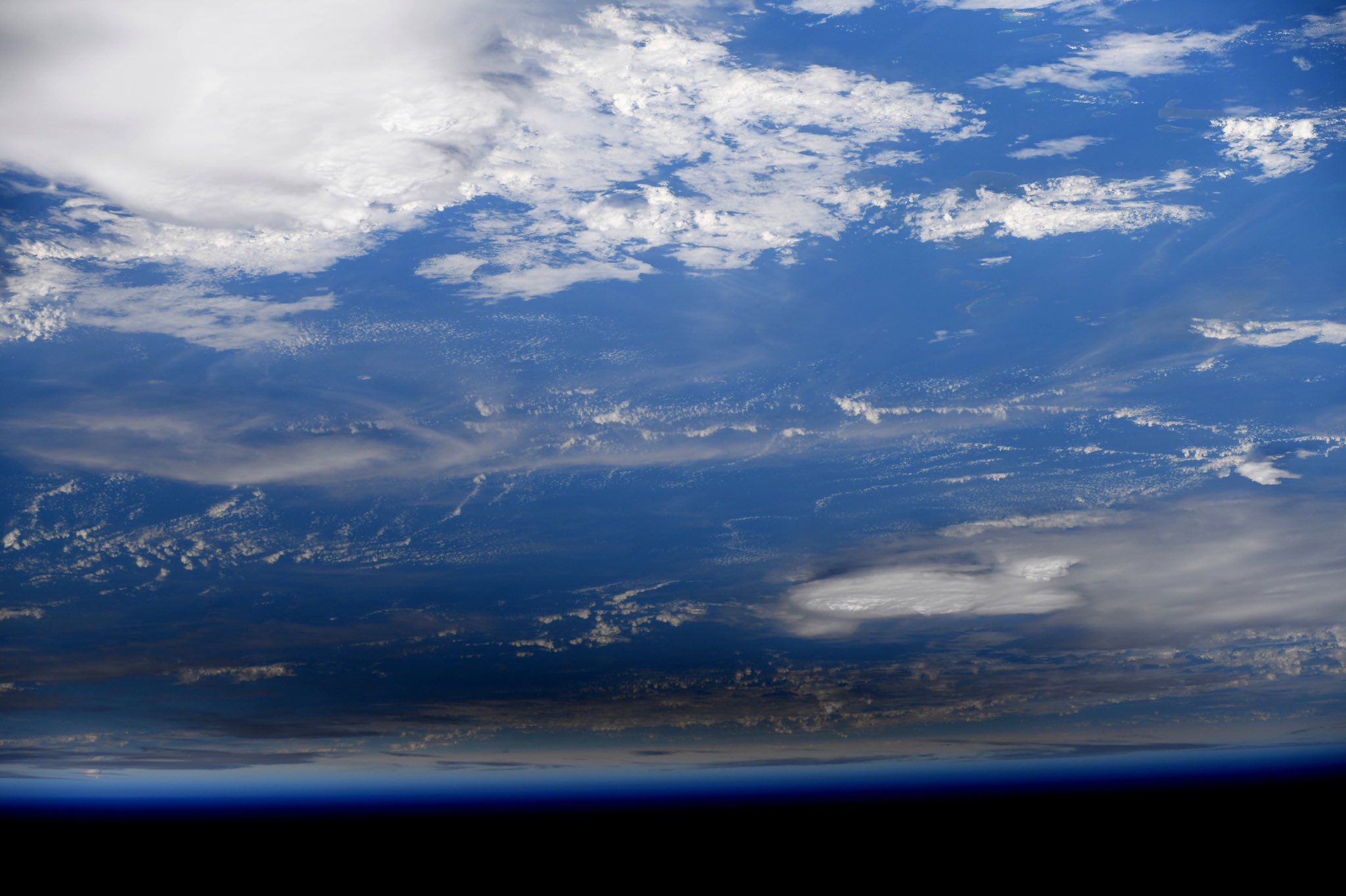
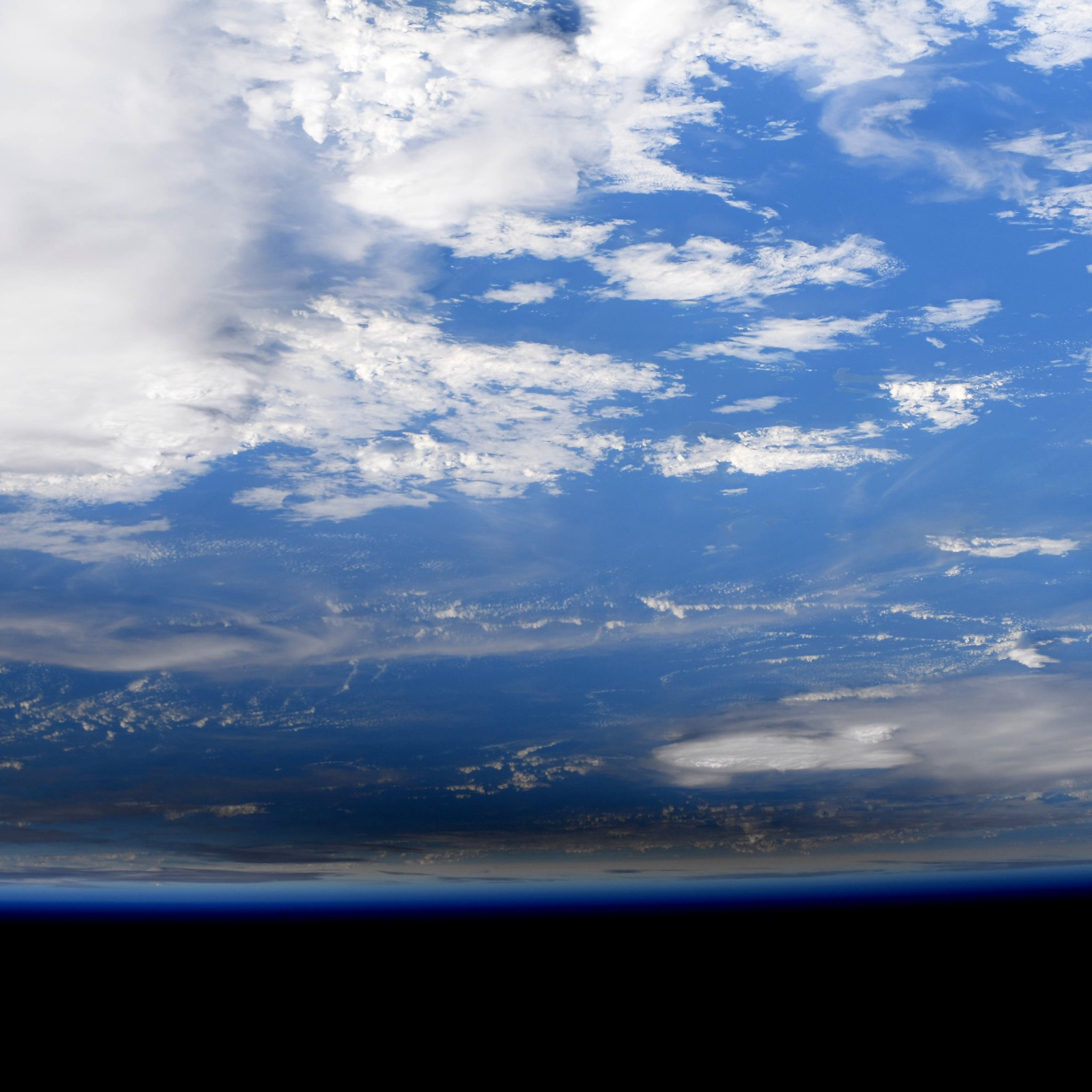

The Japan Aerospace Exploration Agency's Himawari 8 weather satellite captured a dazzling video of the moon's shadow moving across Earth. The U.S. National Oceanic and Atmospheric Administration shared the video on Twitter.
Get the Space.com Newsletter
Breaking space news, the latest updates on rocket launches, skywatching events and more!
Solar eclipses occur when the new moon passes between the sun and the Earth, appearing to cover part (a partial eclipse) or all (a total eclipse) as viewed from the Earth's surface. Because the moon's orbit has a tilt, this cosmic alignment doesn't occur every month. Sometimes, the moon is a bit too far from Earth in its orbit to completely cover the sun, resulting in an annular eclipse like the one today.
The solar eclipse began at 9:23 p.m. Dec. 25 EST (0223 Dec. 26 GMT) as a partial solar eclipse, then reached its first "ring of fire" at 10:34 p.m. EST (0334 GMT) in Saudi Arabia. The 88-mile (142 km) visibility path of "ring of fire" then moved across Bahrain, Qatar, the United Arab Emirates, Oman, India, Sri Lanka, Sumatra, Singapore, Borneo, the Philippines and the U.S. territory of Guam.
Here's a look at more spectacular imagery of the solar eclipse from spectators around the world.
‘Joshua Cripps Photography’ of the solar eclipse in uae 🇦🇪 desert. Wow 🤩 #solareclipse2019 #SolarEclipse pic.twitter.com/nv42nCIy2iDecember 26, 2019
#SolarEclipse2019 — in pictures https://t.co/rv9FO0hDDk pic.twitter.com/Bv6F91967VDecember 26, 2019
Gandaughh #solareclipse2019 pic.twitter.com/GsJIhOTXy7December 26, 2019
This is Cheruvathur near Kannur north Kerala@ 945 AM where the full eclipse was seen#solareclipse2019 #SuryaGrahan pic.twitter.com/rrBTHabSTHDecember 26, 2019
******Not from #Britain*******#SolarEclipse from #SaudiArabia in #KSA#solareclipse2019 pic.twitter.com/JmkYLiw7TzDecember 26, 2019
#solareclipse2019 #SolarEclipse #SolarEclipse2019India #RACooty Solar Eclipse in RAC Ooty🧐📡🔭 pic.twitter.com/2f1VEiB4ODDecember 26, 2019
#SolarEclipse2019: Sky gazers across the UAE rose early to witness a 'ring of fire' solar eclipseSee more photos here: https://t.co/9iqiPigMnN pic.twitter.com/xSIYSDci5ZDecember 26, 2019
#SolarEclipse #RingofFire seen from an aeroplane. #solareclipse2019 pic.twitter.com/n5j5svloaSDecember 26, 2019
Thursday's solar eclipse was the last of three in 2019. A partial solar eclipse occurred on Jan. 6 and a total solar eclipse occurred on July 2.
It was also the last solar eclipse of the decade, which saw 24 solar eclipses since 2010.
The next solar eclipse will occur on June 21, 2020, and will also be a "ring of fire" solar eclipse. That eclipse will be visible from parts of Africa, southeastern Europe and Asia, with the "ring of fire" effect visible primarily from central Africa, south Asia, China and the Pacific Ocean, according to eclipse scientist Fred Espenak.
But you don't have to wait until June for the next eclipse.
On Jan. 10, there will be a minor penumbral lunar eclipse, in which the moon passes through the outer region of Earth's shadow. It will be visible to observers across Europe, Africa, Asia and Australia, according to Espenak.
There will be four lunar eclipses in 2020, all of them penumbral.
The new year will also include two solar eclipses. In addition to the annular solar eclipse of June 21, there will be a total solar eclipse on Dec. 14, 2020.
Editor's note: If you capture a stunning view of the Dec. 26 "ring of fire" solar eclipse and would like to share it with Space.com and our news partners for a possible story or gallery, send images and comments on the view to Editor-in-Chief Tariq Malik and our team at spacephotos@space.com.
- Photos: Annular Solar Eclipse of May 20, 2012
- Solar Eclipse Guide 2019: When, Where & How to See Them
- Solar Eclipse Photography: Tips, Settings, Equipment and Photo Guide
Email Tariq Malik at tmalik@space.com or follow him @tariqjmalik. Follow us @Spacedotcom, Facebook and Instagram.

Join our Space Forums to keep talking space on the latest missions, night sky and more! And if you have a news tip, correction or comment, let us know at: community@space.com.

Tariq is the Editor-in-Chief of Space.com and joined the team in 2001, first as an intern and staff writer, and later as an editor. He covers human spaceflight, exploration and space science, as well as skywatching and entertainment. He became Space.com's Managing Editor in 2009 and Editor-in-Chief in 2019. Before joining Space.com, Tariq was a staff reporter for The Los Angeles Times covering education and city beats in La Habra, Fullerton and Huntington Beach. In October 2022, Tariq received the Harry Kolcum Award for excellence in space reporting from the National Space Club Florida Committee. He is also an Eagle Scout (yes, he has the Space Exploration merit badge) and went to Space Camp four times as a kid and a fifth time as an adult. He has journalism degrees from the University of Southern California and New York University. You can find Tariq at Space.com and as the co-host to the This Week In Space podcast with space historian Rod Pyle on the TWiT network. To see his latest project, you can follow Tariq on Twitter @tariqjmalik.









